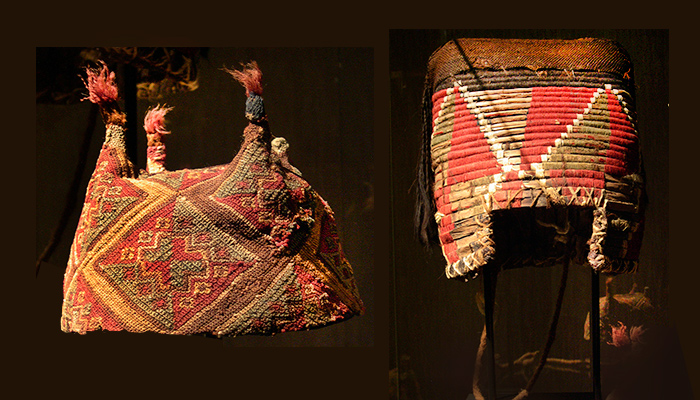Covering the head
In addition to fulfilling a practical function, a covering worn on the head serves as a privileged means for communicating the wearer’s social, political or ideological identity.
One of the most fascinating aspects of human culture is the extraordinary multiplicity of forms conceived to dress the body. Beyond their differentiation due to providing protection against the elements in different environments, clothes also vary as a consequence of the diverse meanings that have been conferred on them by each society around the world down through history in accordance with its particular set of customs, values, conventions and beliefs. Costume variety is nothing less than a reflection of social diversity, as seen through one of its most expressive cultural manifestations. The head – as the most prominent and visible part of the body – has traditionally represented the privileged place to express much of this diversity. “Dressing” the head through crests, diadems, turbans, mantillas, caps, berets, hoods, helmets, crowns or other types of headdresses has been and continues to be a symbolic resource employed by practically all societies. Such cephalic adornments are part of the non-verbal language created by humanity to communicate important social, political, economic, ethnic and gender messages about the wearers.




































